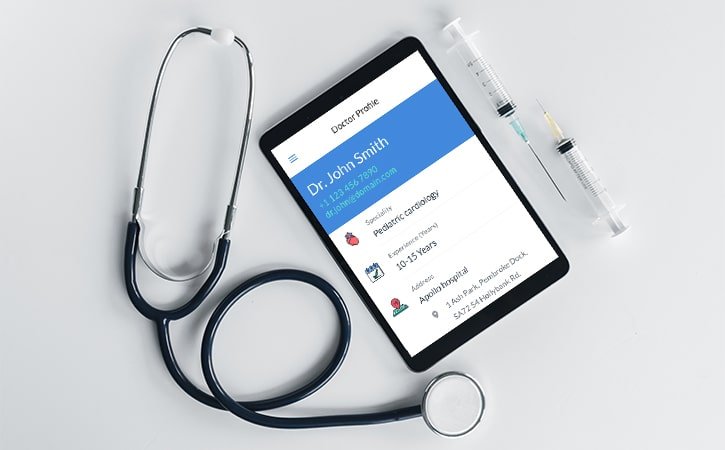Recently the increasing use of telemedicine services as the pandemic era has pushed the limits of clinical services to assure generic health without any delays. Even during the quarantine that would not further support the spread of the virus, they offered interactive video calling sessions where the doctors could assess the patients and make suggestable medications on the call. They offer much-needed care for the elderly and every person who couldn’t drive to the hospitals due to the pandemic.
Remote Clinical Services Revolutionizing Medical Sectors
It is accommodating that even after being sick; the individual could feel better at their abodes with ease and comfort, saving the travel expenses, time, and effort in booking appointments and planning for weeks together.

As per the WORLD HEALTH ORGANISATION, telemedicine is the delivery of health care services, where distance is a critical factor, by all health care professionals using the information technology for diagnosis, treatment, and prevention of disease and injuries, research and evaluation, etc., All in the interests of advancing the health of individuals and their communities it uses IT to facilitate communications among patient and doctor, who are otherwise geographically separated. In simple words, telemedicine checks the patients via telecommunication.
Telemedicine is nothing but explaining the term “healing by wire.” It uses technology and telecommunication in healing. Initially, it was known as “futuristic” and “experimental,” telemedicine has become a reality today. Telemedicine has a broad range of applications in patient care, education, research, administration, and public health. People residing in rural areas struggle to access medical facility as it requires a step into technology to understand the importance of telemedicine. The main reason behind this lack of knowledge is that specialist physicians reside in urban areas. But hopefully, telemedicine is likely to be a bridge facilitating such health care in rural areas.
There has been a significant increase in telemedicine services in the recent past, but it is not a new concept. Due to the pandemic and unintended situations, telemedicine’s paradigm shift as studied predicts telemedicine’s increased use by 50% during 2020. It has played a crucial role so far by providing necessary medical facilities at ease to the vulnerable sections who can’t make it to hospitals during the pandemic, especially the elderly, pregnant women, and children have been advantaging. This has also put some insights into providing services to the financially disadvantaged classes by setting new trends smashing the myths about in-person medical care.
Information technology and telemedicine can inform, influence, and motivate individuals and population organizations on health, health-related issues, and adoption of healthy lifestyles. These approaches can advance by providing primary, secondary health promotions as the main agenda are to prevent disease. This can educate a whole sum of the population at once. Simplifying healthcare decisions and communication between healthcare providers and patients facing illness have been managed. They are provided with a broad choice. Rather than neglecting any health issue, they are now focusing on getting diagnosed and gaining proper treatment, concerning a mere part of the population without any medical treatment.
